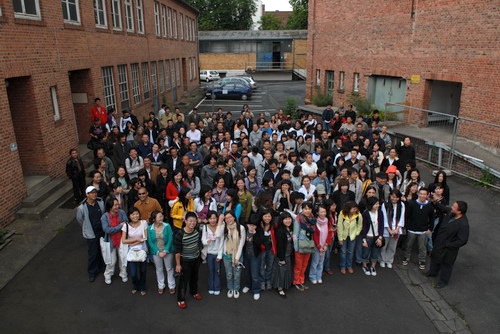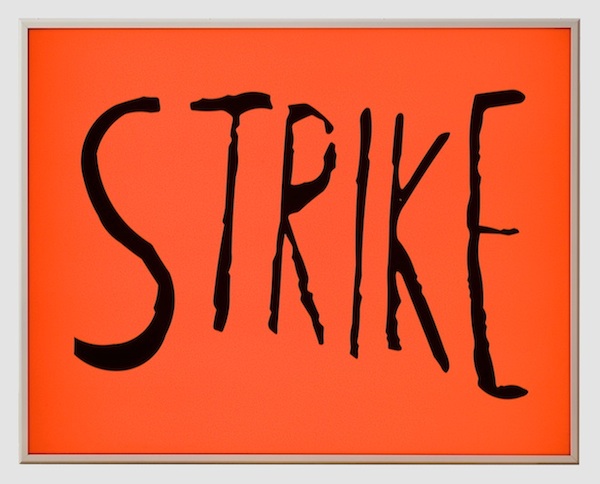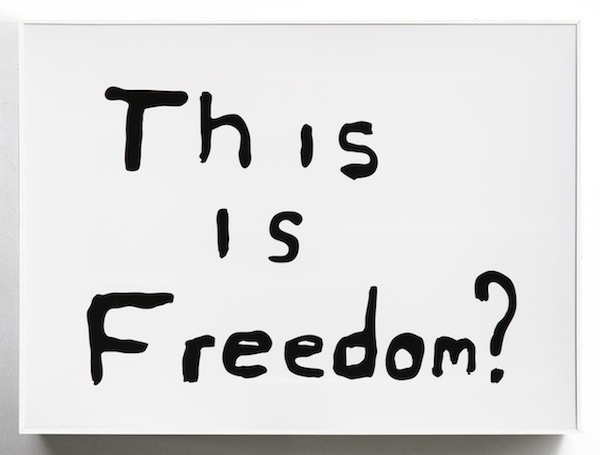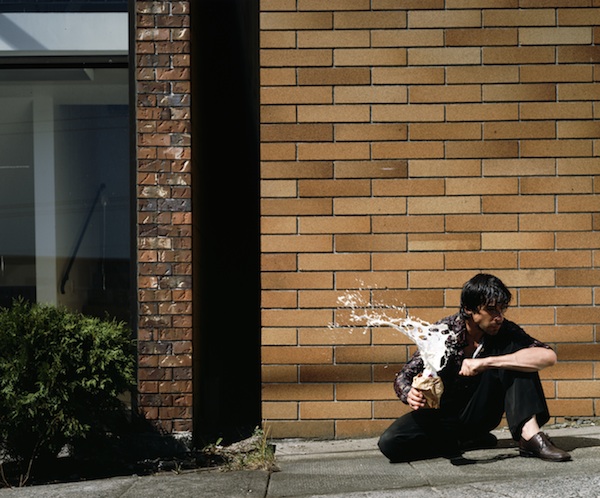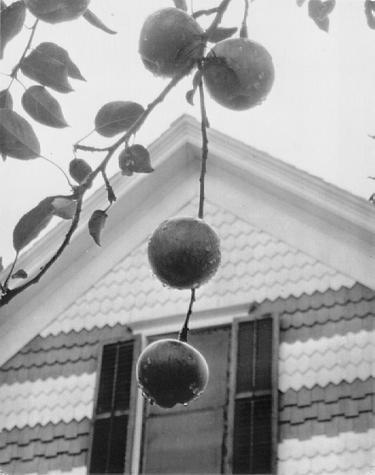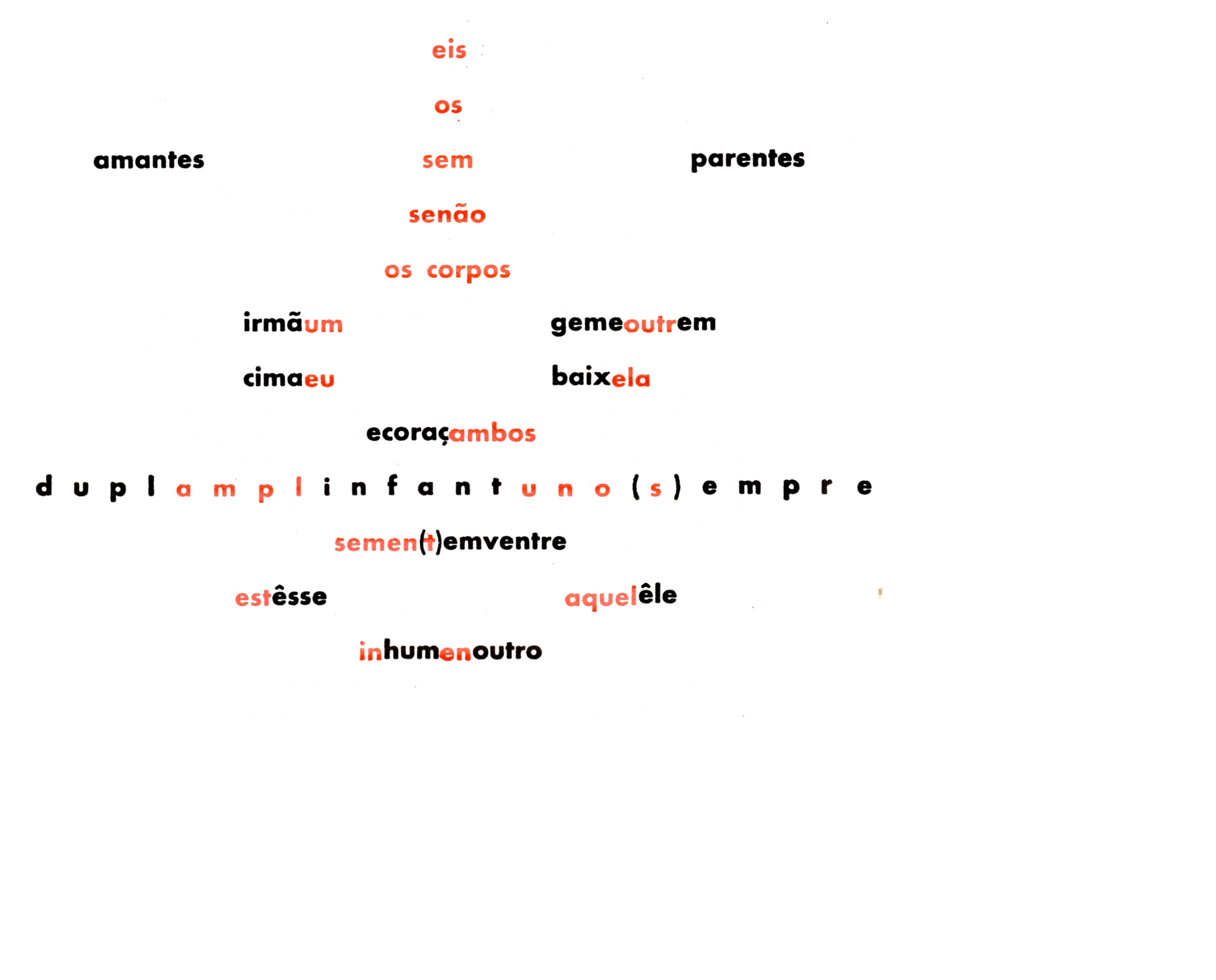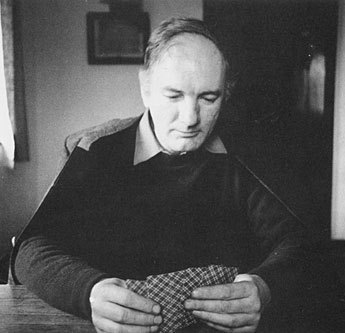BY Todd Cronan
Putting aside the one-dimensional account of artworks as “reifications”—“mediums lead to objects, and thus reification”—it would take only a moment’s reflection to see that the distribution of wealth in the “era of art,” at precisely the moment Joselit’s “reframing, capturing, reiterating, and documenting” paradigm first emerged (a set of procedures exemplified for him by the work of Sherrie Levine) was also the moment at which the US economy began its most aggressive turn away from equality.


